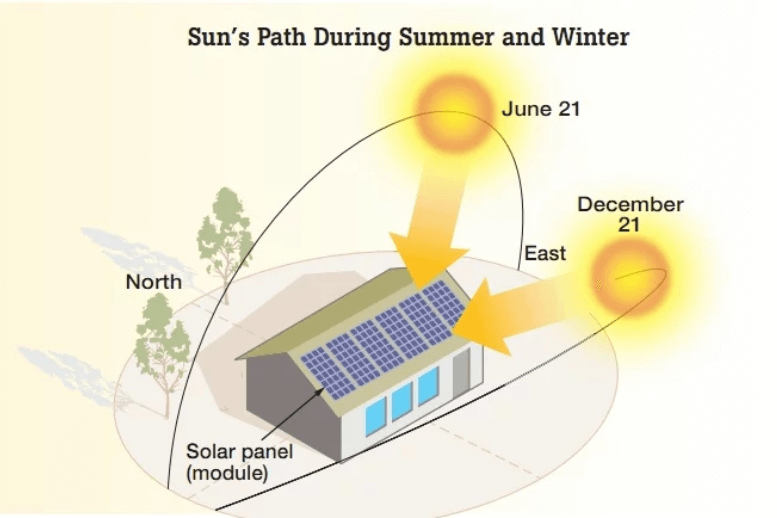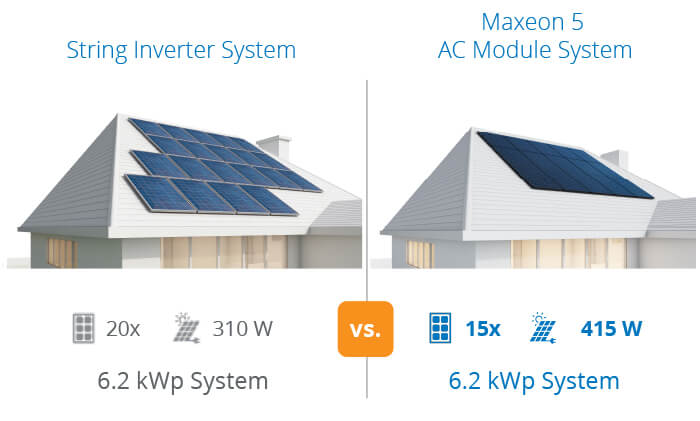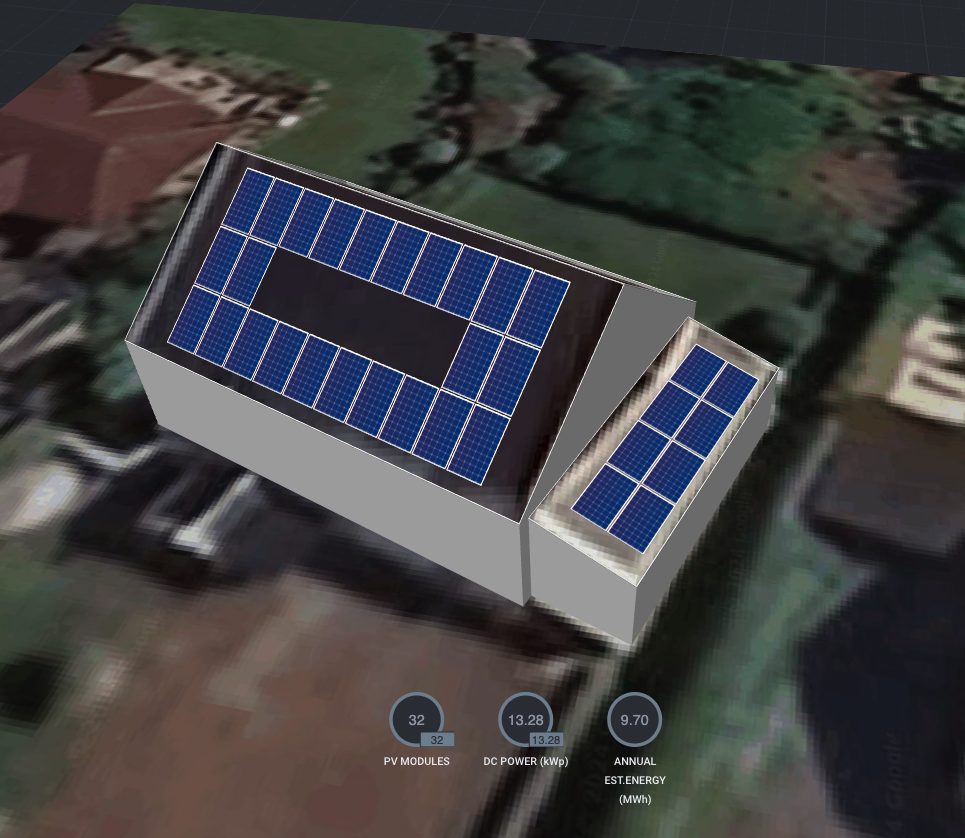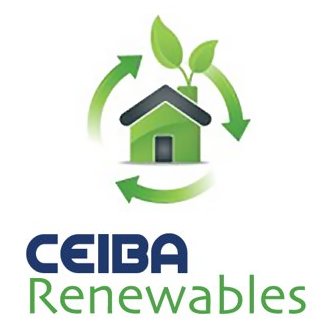Maximising solar energy (and cost savings) with effective battery storage
Lots of customers are opting to install solar photovoltaic (PV) systems to their homes to lower their long-term energy bills and become more environmentally self-sustaining. With many options available to customers, it can be tricky to navigate the options out there and decide what’s right for you.
In this article we’ll explore the importance of battery storage, and why it’s key to unlocking bigger savings and maximising the renewable energy available to you.
The difference between Solar PV and battery storage
If you install Solar PV into your home, without battery storage, you’ll only be able to use the energy you generate immediately, because – put simply – there’s nowhere for you to store the energy you generate.
If you install a battery storage system alongside your Solar PV, you’ll be able to store the energy you generate and use it at a time that suits you. This is especially important for the Scottish climate, where we have long nights for half of the year, and don’t always have an abundance of sunshine.
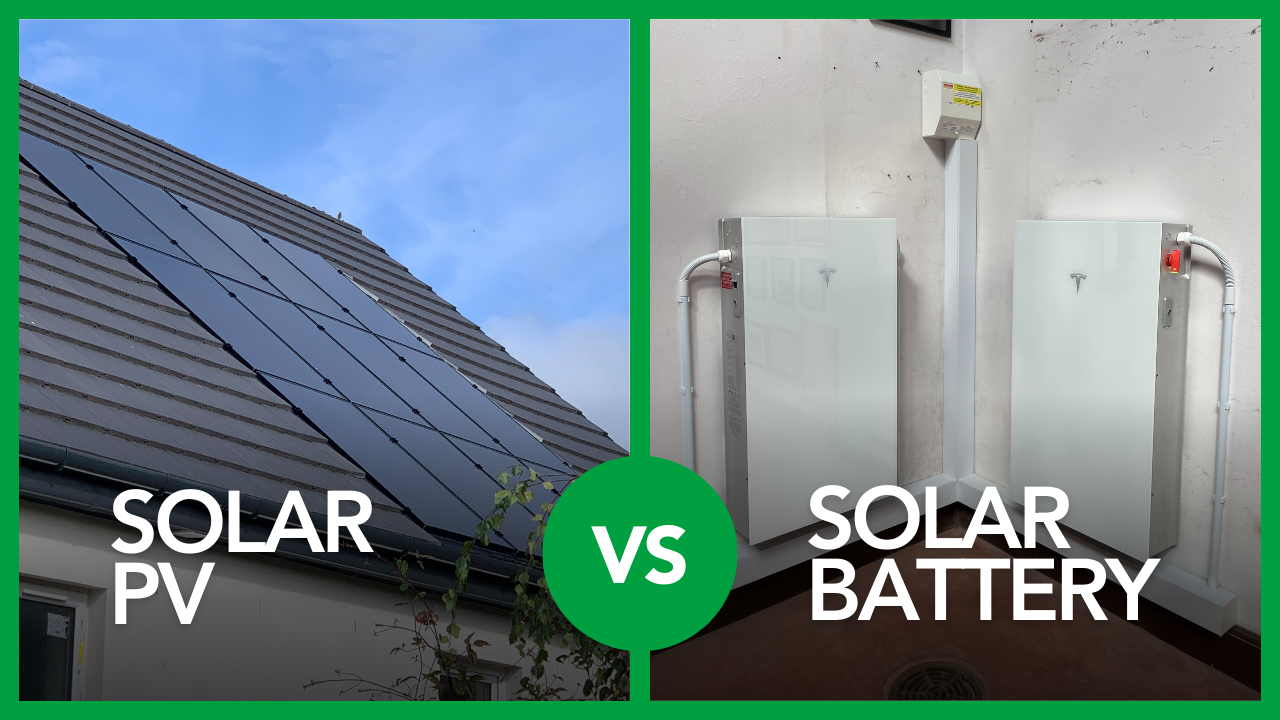
The benefits of combining battery storage and Solar PV systems
By choosing to integrate battery storage with your Solar PV, you will unlock a number of additional benefits – both financial and environmental:
- Maximise your use of solar energy: Battery storage enables you to obtain the full value of your solar-generated electricity by storing and utilising solar energy during times of low sunlight or peak energy demand. This reduces the amount of grid electricity consumed and lowers your energy bills.
- Reduce your carbon footprint: The combined use of Solar PV systems and battery storage results in lower greenhouse gas emissions and a reduced carbon footprint, making a positive contribution to climate change mitigation and a greener environment.
- Lower energy bills: Storing solar-generated electricity in battery storage systems allows you to utilise clean energy efficiently, reducing your need to purchase and consume grid electricity. This results in lower energy bills, creating substantial, long-term savings.
- Feed-in tariffs and the Smart Export Guarantee (SEG): If you generate more solar electricity than you can consume or store, you can actually sell the excess electricity back to the grid. In the UK, this can be done through the Smart Export Guarantee (SEG) scheme, which provides financial reward for the excess solar energy exported.
Choosing the right battery storage system
With so many different types of battery and complex terminology to deal with – finding the right system for you, can seem daunting. Pay attention to these three key factors and seek advice from experts – like the team at Ceiba renewables – to choose the right one for you. If you want to know more about selecting a battery system, you can read our blog on the topic – written by our inhouse battery storage experts.
- Battery type: The two main types of battery storage solutions are lithium-ion and lead-acid batteries. Lithium-ion batteries offer a longer lifespan, better performance and efficiency, and are lighter weight, making them the preferred choice for most solar PV system applications.
- Battery capacity: The capacity of your battery storage system should align with your energy consumption patterns, solar PV system size, and the amount of excess solar energy you expect to generate.
- System compatibility: It’s essential to ensure that your chosen battery storage system is compatible with your solar PV system’s components. You can find this out by consulting with an expert in renewable energy, like Ceiba Renewables, to ensure a seamless and efficient integration.
At Ceiba Renewables we truly care about promoting renewable energy solutions that deliver significant savings on energy expenses, empowering homeowners and businesses to transition to a cleaner, more efficient energy future. If you’re in the market for Solar PV, for your home, partner with Ceiba Renewables for expert guidance, design, consultancy, project management, and installation of your integrated battery storage and solar PV system. We’ll provide you with the expertise and the confidence to invest in a sustainable and game-changing energy solution. Get in touch with our team to have a conversation.


